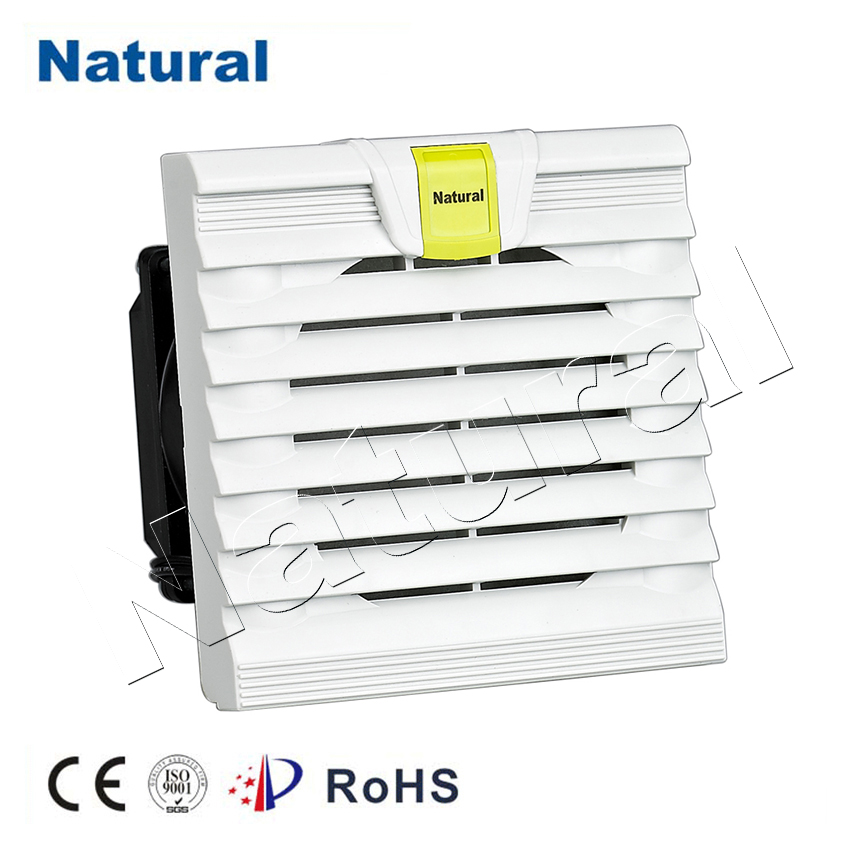In today’s fast-paced technological landscape, electronic equipment has become an integral part of our lives. From servers powering our favorite websites to the myriad of devices that make our homes smart, these electronics generate heat, which can be detrimental to their performance and longevity. To combat this issue, cabinet fans and filter fans have emerged as essential cooling solutions. In this article, we will explore the differences between cabinet fans and filter fans, helping you make an informed decision for your specific needs.

Cabinet Fans: Power in Precision Cabinet fans are compact, precision cooling devices designed to maintain a stable temperature within electronic enclosures. They are mounted directly onto the cabinet wall or installed inside the enclosure, typically at the top, to extract hot air and dissipate it into the environment. These fans are often used in situations where precision control of temperature and humidity is essential. One key advantage of cabinet fans is their ability to maintain a consistent temperature throughout the enclosure, ensuring that sensitive electronic components operate optimally. They also offer a high degree of customization, allowing users to adjust the fan speed and airflow to meet their specific requirements. Additionally, cabinet fans are known for their reliability and long service life, making them a cost-effective cooling solution in the long run. Filter Fans: Keeping It Clean Filter fans, on the other hand, are designed not only to dissipate heat but also to maintain a dust-free environment within electronic cabinets. These fans consist of two main components: an intake fan and an exhaust filter. The intake fan draws in ambient air through the filter, which traps dust and other particles, before pushing the clean, cool air into the cabinet. The exhaust filter ensures that no contaminants escape back into the environment. The primary advantage of filter fans is their ability to provide effective cooling while preventing dust and debris from accumulating on sensitive electronic components. This feature is particularly crucial in industrial settings where airborne particles can lead to equipment malfunction or failure. Filter fans are also relatively easy to install, making them a popular choice for retrofitting existing enclosures. Choosing the Right Solution To determine whether cabinet fans or filter fans are the right choice for your cooling needs, consider the following factors: Environmental Conditions: If your electronic equipment is located in a dusty or dirty environment, filter fans are a better choice to ensure a clean and cool environment inside the cabinet. Precision vs. Simplicity: If precise temperature control is critical for your equipment, cabinet fans provide more customization options. Filter fans are more straightforward and may be preferable for simpler cooling needs. Installation: Filter fans are often easier to install, making them a practical choice for retrofitting existing cabinets. Cabinet fans may require more extensive modifications. Budget: While both cabinet fans and filter fans have their advantages, budget constraints may influence your decision. Cabinet fans are generally more cost-effective in the long run due to their reliability and durability. In conclusion, both cabinet fans and filter fans serve essential roles in maintaining the performance and longevity of electronic equipment. Your choice should depend on the specific needs of your application, environmental conditions, and budget considerations. Whether you opt for precision cooling with cabinet fans or the dust-free environment provided by filter fans, investing in proper cooling solutions is essential to ensure the smooth operation of your electronics.